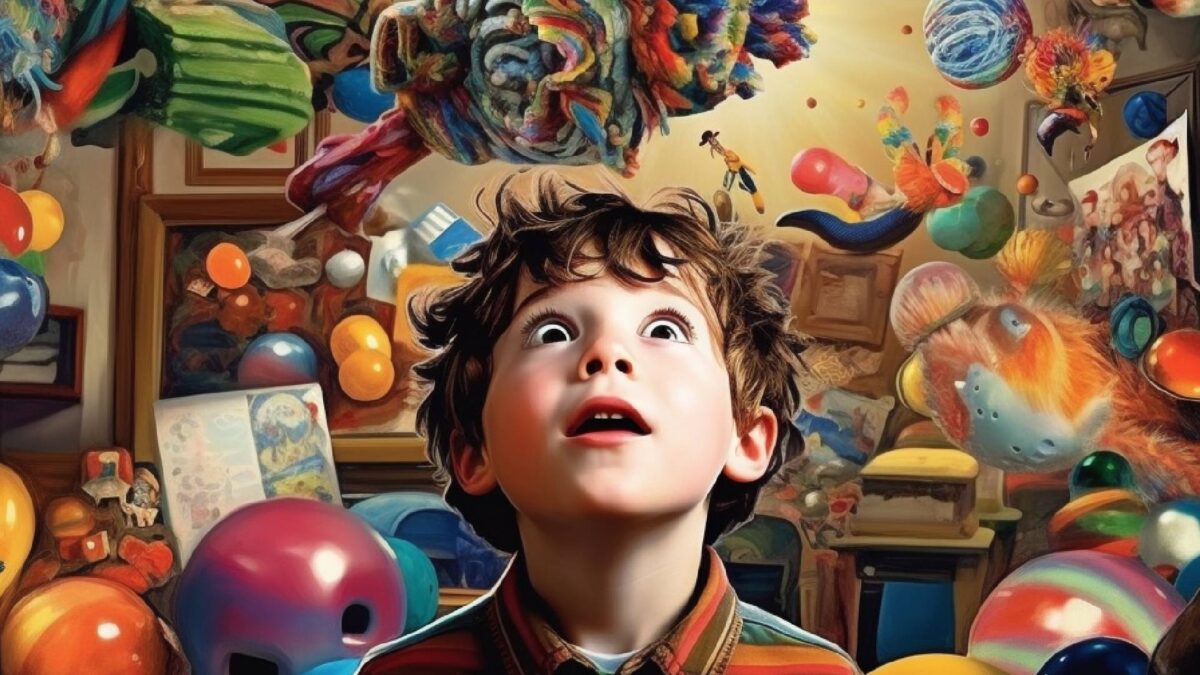How VR helps us better understand autism

The #KasihiAutism campaign uses VR to raise public awareness about the challenges and experiences of people with autism.
Autism is a developmental disorder that affects social communication and behavior. However, many people have a limited understanding of what autism feels like in everyday life. Changing that is the goal of #KasihiAutism.
The campaign is a joint initiative between TikTok Malaysia, the National Autism Society of Malaysia (Nasom), VR technology company Pico, and online platform SAYS. The group launched the campaign in recognition of World Autism Day 2023 on April 2.
The centerpiece of the campaign is a 360-degree VR video that simulates the sensory overload that people with autism often experience. According to the testimonials, the video uses bright lights, crowds of people, and amplified noises. The UK's National Autistic Society launched a similar 360 video in 2017.
VR as an awareness tool
The video illustrates what people with autism go through when "overstimulated." Some people with autism have a heightened sensitivity to lights, sounds, smells, and scents. This can be distracting and overwhelming, particularly for those who don't yet know how to manage the condition. Campaign organizers believe that this experience is an effective way to promote empathy and compassion for the autistic community.
VR can help sensitize people to the circumstances of others. The technology is also increasingly being used in medicine. One hospital is using virtual reality to train future doctors to perform psychiatric evaluations on children.
VR could also help relieve chronic pain. One study found that patients were distracted from their pain when immersed in a vivid and engaging VR environment.
Note: Links to online stores in articles can be so-called affiliate links. If you buy through this link, MIXED receives a commission from the provider. For you the price does not change.